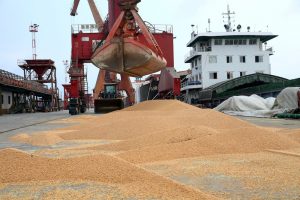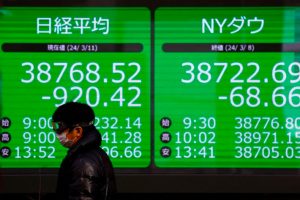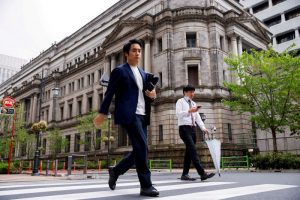(ATF) After China’s recent announcement that it would pump 1.4 trillion yuan into the economy, more details have emerged from the stone mansions of the Chinese Communist Party on where the money will go.
A large part of the allotted special bonds will go to peripheral provinces to bring more equal development in the country – and into infrastructure.
Song Qiuling, a first-level inspector in the Ministry of Finance’s Department of Economic Construction, said that in addition to speeding up the issuance of funding, the government will increase the quota of special bonds and reduce the quota of general bonds.
In the first three months of last year, the country issued 689.5 billion yuan of general bonds and 717.2 billion yuan of special bonds. There was a balance.
But by March 20 this year, general bond issuances totalled 384.6 billion yuan, and special bond issuances were 102.3 billion yuan. The issuance quota of special bonds was about 2.7 times that of general bonds, so the money could be targeted in preferred areas.
‘Avoiding a noodle soup’
Wang Jianhui, director of the Capital Securities Research Institute, told Beijing News the economic situation is in a weak cycle. At the economic work conference at the end of last year, officials said the economy should have stable growth and employment this year. Then the Covid-19 epidemic emerged, and the goal of stable economic growth was deferred and more active fiscal policies were seen to be needed to resurrect the economy.
“One of the most important options in a proactive fiscal policy is the issuance of bonds by local governments. Judging from the issuance data of local government bonds, there is a large difference in that the amount of special bonds, which has increased significantly, while general bonds have declined. The changing trend is directly related to the epidemic. After the epidemic situation emerged, the urgency of boosting the economy has greatly increased. The government believes that it should concentrate its efforts and invest limited resources in specific areas,” Wang Jianhui said.
Haitong Securities research data, as of March 19, detailed where the money will be spent: Transport infrastructure will get the largest proportion of 32.5%, followed by infrastructure construction (22.3%). Ecological and environmental protection will get 8.7%, while construction will get 7.2%. Urban and rural construction will get 4%, while energy and water resources will receive 3.5% and municipal construction 2.5%.
Wang Jianhui said that given the epidemic, the transportation industry will be worst affected, so that weak link needed to be improved. “In addition, the government has no better option than investing in infrastructure. They also do not want local governments to invest their money in various places (at random) – to avoid a noodle soup and have a significant effect. Therefore, we have to invest in infrastructure first to stimulate the economy.”
























